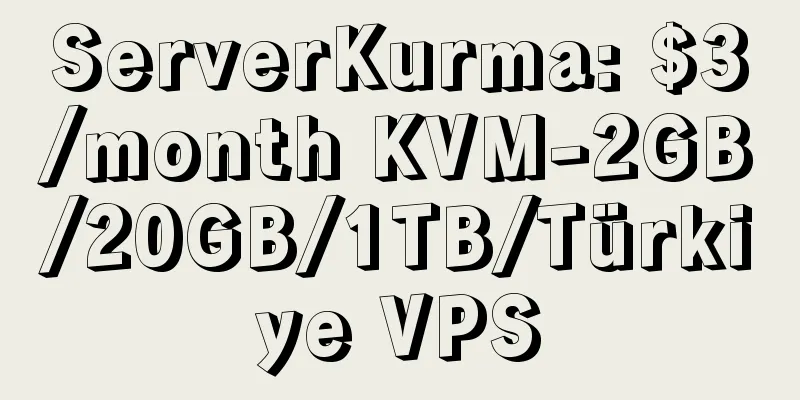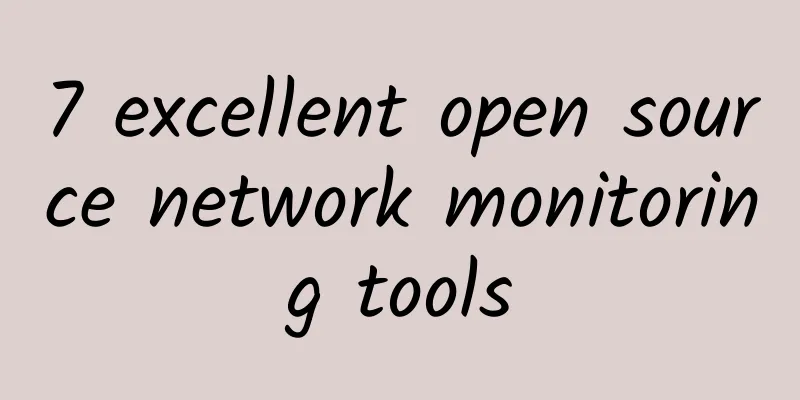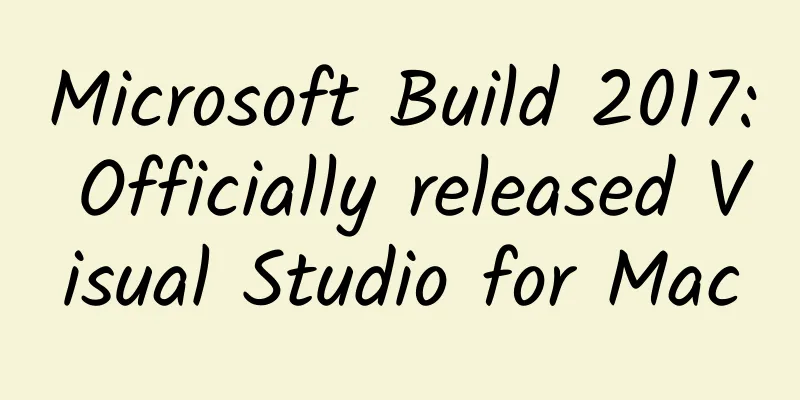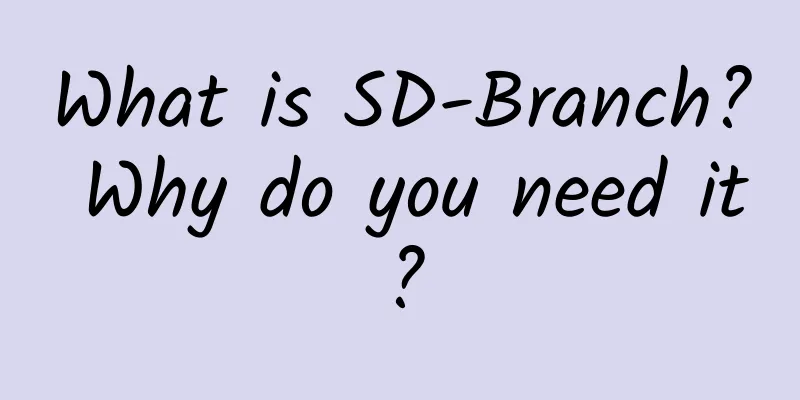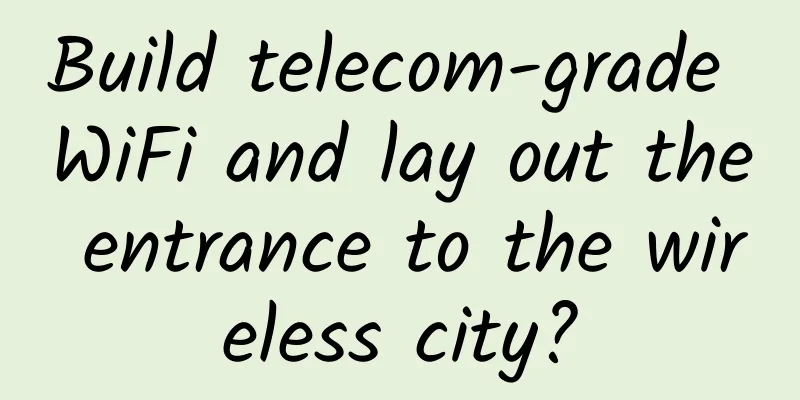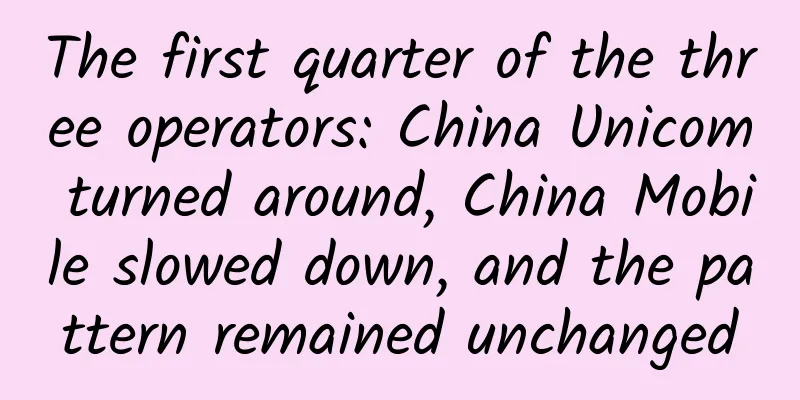Every front-end needs to know some network knowledge
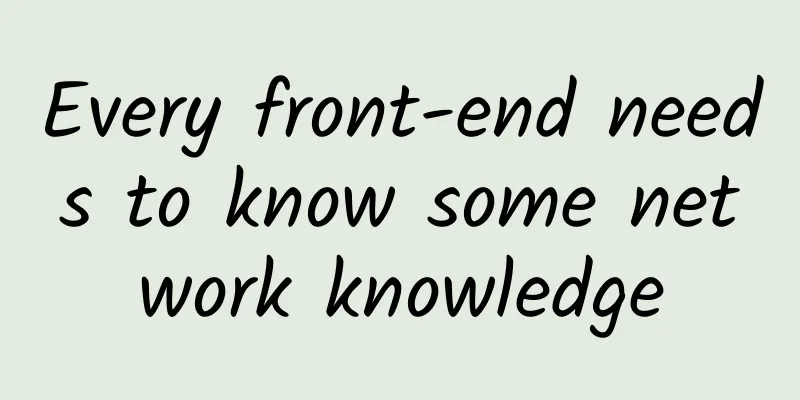
|
1. OSI reference model and TCP/IP five-layer model It is sufficient for us to focus mainly on the application layer and the transport layer of the TCP/IP five-layer model. Application layer:
Transport layer:
UDP and TCP 1. UDP UDP is a connectionless protocol, which only transmits data to the receiving end, but does not care whether the receiving end has received the data correctly, so UDP is sometimes considered an unreliable datagram protocol. However, this feature is suitable for multicast, real-time video and audio transmission. advantage:
shortcoming:
2. TCP TCP is a connection-oriented protocol. Before using the TCP protocol to transmit data, a connection must be established between the sender and the receiver. To establish a connection, three handshakes are required. To disconnect, four handshakes are required. (1) TCP three-way handshake to establish a connection First handshake: The client sends a SYN (Seq=X) packet to the server, and the client enters the SYN-SENT state, waiting for the server's ACK (Ack=X+1) reply. ps:: Seq is the sequence number, Ack is the confirmation number. Second handshake: After receiving the SYN (Seq=X) packet sent by the client, the server returns an ACK (Ack=X+1) and SYN (Seq=Y) packet to the client. The server enters the SYN-RECIVED state and waits for the client's ACK (Ack=Y+1) reply. Third handshake: After receiving ACK(X+1), the client enters the ESTABLISHED state and returns an ACK(Y+1) packet to the server according to the SYN(Y) sent by the server. After receiving ACK(Y+1), the server enters the ESTABLISHED state. At this time, the connection is successfully established. This process can be vividly expressed in the following three sentences:
(2) TCP closes the connection four times This process can be vividly expressed in the following four sentences:
3. Differences between UDP and TCP
HTTP HTTP (HyperText Transfer Protocol) Hypertext Transfer Protocol is an application layer protocol based on TCP (transport layer) and is the standard for requests and responses between clients and servers. Key Features:
HTTP message: (1) Request line: GET https://www.baidu.com/ HTTP/1.1, consisting of request method, URL, and protocol version (2) Response line:
HTTP request method: There are many types of request methods, the most commonly used ones are GET and POST. Although there are many request methods, they are mostly for conveying semantics. For more semantic descriptions of methods, you can read the documentation. 4. The difference between GET and POST GET:
POST:
A detailed comparison between the two:
Status code: The status code indicates the status of the response, which allows us to know whether the request was successful or failed, and if it failed, what caused it. 2XX Success:
3XX Redirects:
4XX Client Error:
5XX Server Errors:
HTTPS More secure network transmission protocol:
HTTP/2
References:
|
<<: Enterprises need to prioritize mobile unified communications
Recommend
What is the global development situation of IPv6?
Statistics from authoritative foreign organizatio...
How much do you know about the TCP three-way handshake principle?
I recently encountered a problem where the client...
MoeCloud Canada VPS annual payment starts from 99 yuan, San Jose/London CN2 GIA line annual payment starts from 499 yuan
MoeCloud is a foreign VPS hosting service provide...
iONcloud New Year 20% off, San Jose/Los Angeles/Dallas/Honolulu data centers, Linux/Windows options
iONcloud has released a special offer for the Yea...
What are the differences between HTTP and HTTPS besides security?
HTTP and HTTPS are two common network protocols, ...
Understanding the three major trends in the development of 5G bearer network technology in one article
At present, cloud-network integration is facing n...
Lenovo Nettop and GDS have reached a strategic cooperation to inject strong momentum into the development of the digital economy era
On May 25, 2021, Lenovo Lingtuo Technology Co., L...
Are there fake Gigabit routers? Have you ever avoided these manufacturers' pitfalls?
The story of how home networks are as slow as a s...
What are LACP and PAGP? What are the differences?
In order to create maximum availability and stabi...
Fiber Optic Innovation: Exploring Cutting-Edge Research and Development
Fiber optic technology has revolutionized innovat...
The road to communication - what do bridges, gateways, switches, and routers mean?
In network communications, there are several very...
Six steps to prepare for a 5G IoT future
Gartner predicts that by 2023, there will be 49 m...
"Seeing the world through the cloud and leading the future" Zijing Vision aims to build a cloud video ecosystem
[51CTO.com original article] On July 26, 2018, th...
Nokia deploys 5G SA private network for crane manufacturer Konecranes
Nokia has announced a partnership with EDZCOM, a ...
Xiamen is selected as the most livable city. Please check out this tech gift package from Robin Li
Recently, the "National Livable Cities"...

